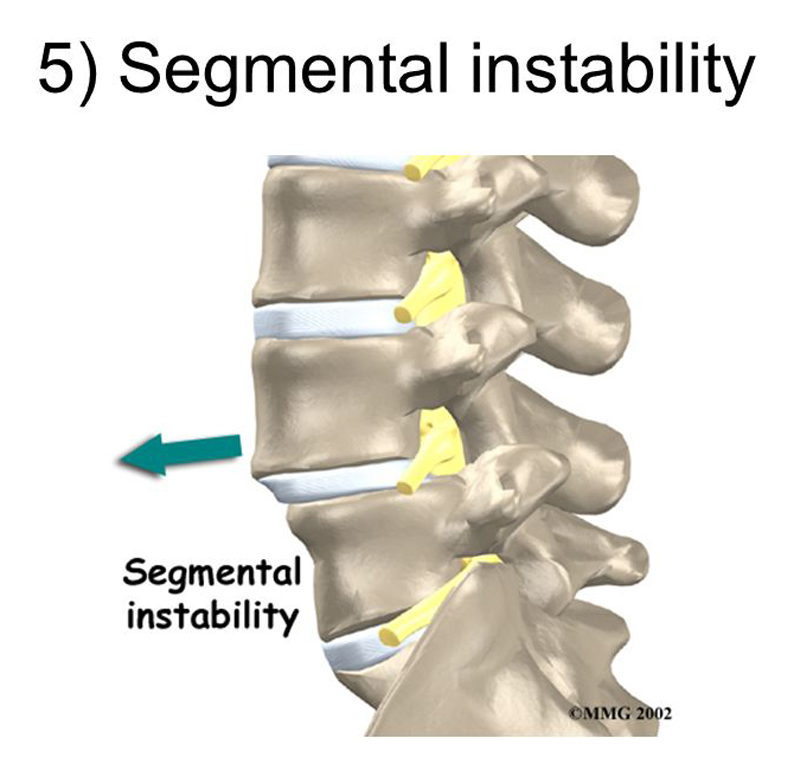Prevalence of MRI Findings in the Cervical Spine in Patients with Persistent Neck Pain Based on Quantification of Narrative MRI Reports
SOURCE: Chiropractic & Manual Therapies 2019 (Mar 6); 27: 13
Rikke Krüger Jensen, Tue Secher Jensen, Søren Grøn, Erik Frafjord, Uffe Bundgaard, Anders Lynge Damsgaard, Jeppe Mølgaard Mathiasen and Per Kjaer
Nordic Institute of Chiropractic and Clinical Biomechanics,
Odense, Denmark
BACKGROUND Previous studies of patients with neck pain have reported a high variability in prevalence of MRI findings of disc degeneration, disc herniation etc. This is most likely due to small and heterogenous study populations. Reasons for only including small study samples could be the high cost and time-consuming procedures of having radiologists coding the MRIs. Other methods for extracting reliable imaging data should therefore be explored.
The objectives of this study were
1) to examine inter-rater reliability among a group of chiropractic master students in extracting information
about cervical MRI-findings from radiologists´ narrative reports, and
2) to describe the prevalence of MRI findings in the cervical spine among different age groups in patients above
age 18 with neck pain.
METHOD Adult patients with neck pain (with or without arm pain) seen in a public hospital department between 2011 and 2014 who had an MRI of the cervical spine were identified in the patient registry ‘SpineData’. MRI-findings were extracted and quantified from radiologists’ narrative reports by second-year chiropractic master students based on a set of coding rules for the process.
The inter-rater reliability was quantified with Kappa statistics and the prevalence of the MRI findings were calculated.
RESULTS In total, narrative MRI reports from 611 patients were included. The patients had a mean age of 52 years (SD 13; range 19–87) and 63% were women. The inter-observer agreement in coding MRI findings ranged from substantial (κ = 0.78, CI: 0.33–1.00) to almost perfect (κ = 0.98, CI: 0.95–1.00).
The most prevalent MRI findings were foraminal stenosis (77%), uncovertebral arthrosis (74%) and disc degeneration (67%) while the least prevalent findings were nerve root compromise (2%) and Modic changes type 2 (6%). Modic type 1 was mentioned in 25% of the radiologists’ reports. The prevalence of all findings increased with age, except disc herniation which was most prevalent for patients in their forties.
There are more articles like this @ our:
CONCLUSION MRI-findings from radiologists’ narrative reports can reliably be extracted by chiropractic master students with a minimum of training. Degenerative findings in the cervical spine were most commonly found at levels C5/C6 and C6/C7 and increased with age.
KEYWORDS: MRI, Cervical spine, Prevalence
From the FULL TEXT Article:
Background
Globally, neck pain is ranked as the fourth cause of years lived with disability in reports from both 1990 and 2013. [1] In 2013, neck pain was the second leading cause of years lived with disability in Denmark, only exceeded by low back pain. Neck pain is a very common condition with an estimated mean one year prevalence of 25%. [2]
The use of Magnetic Resonance Imaging (MRI) in the search for biological causes of neck pain remains controversial as studies have shown that pathoanatomical changes in the cervical spine are also common in healthy volunteers [3], even though certain MRI findings appear more prevalent in people with pain compared to people without pain. [4–7] In addition, there is no available evidence supporting MRI findings as predictive for treatment effect in people with neck pain, although one study has reported that neck pain related activity limitations could be related to MRI findings. [8]
There is a wide variability in the reported prevalence of different MRI findings such as for example disc degeneration [7, 9–11] and Modic changes [4–7] and only limited knowledge is available to inform the clinician about what should be expected of MRI findings at a certain age and how this relates to neck pain in different populations. There are several potential reasons for the variability in the prevalence of MRI findings such as differences in patient populations and age groups, sampling methods, as well as rating criteria for the images. Using a large sample of patients from the same treatment setting who have a wide age span to cover age related degenerative findings will enable us to establishing consistent prevalence rates of a broad range of MRI findings in the cervical spine.
The use of quantitative coding of images is a way to ensure high quality and reliability of the MRI data and is the preferred method applied in research projects. [12–15] However, using a direct coding of image finding is not always applicable because it is time consuming and there are only few research radiologists.
As an alternative to this procedure, Kent et al. [16] investigated if physiotherapy students could extract and quantify MRI data from narrative radiologists’ reports of the lumbar spine and found the method valid and with high reliability. However, it remains uncertain how this method will perform in other groups of students and in other anatomical areas.
For these reasons, the objectives of this study were to
1) to examine inter-rater reliability among a group of chiropractic master students in extracting and quantifying information from radiologist-generated MRI narrative reports, and
2) to describe the prevalence of MRI findings in the cervical spine in different age groups of patients above age 18 with neck pain.
Read the rest of this Full Text article now!





Leave A Comment